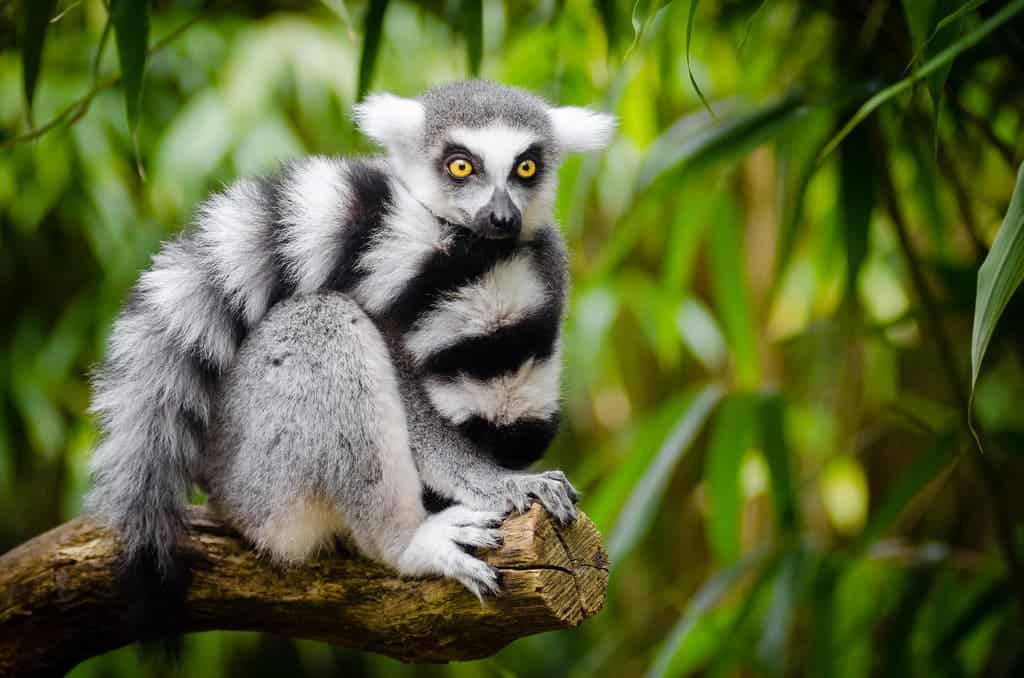At least 150 megafauna species are threatened by extinction due to our meat consumption, a concerning new study concludes.

Our insatiable desire for meat has reached stunning proportions, growing by some 500% since 1961. Overall, we eat an excessive 300 million tons of meat every year, which translates to 1.4 billion pigs, 300 million cattle, and a whopping 62 billion chicken. A recent study found that chicken bones are one of the biggest geological hallmarks of mankind — one of the most easily detectable signs of human activity.
It’s not just these domesticated animals we’re affecting. A new study analyzed 300 species of megafauna (big animals), selecting species that were significantly bigger than their “relatives.” Out of them, 70% are in decline and a whopping 59% are threatened with disappearing from the globe, said the study’s corresponding author, William Ripple from the Oregon State University.
“Direct harvest for human consumption of meat or body parts is the biggest danger to nearly all of the large species with threat data available,” Ripple said. “Thus, minimizing the direct killing of these vertebrate animals is an important conservation tactic that might save many of these iconic species as well as all of the contributions they make to their ecosystems.”
Humans influencing large animal populations is nothing new. As our ability to hunt has improved, we’ve hunted large herbivores, which in turn affected large predators who were competing for the same prey. Over the past 500 years alone, 2% of all megafauna species have gone extinct — a much larger rate than the overall vertebrate extinction, which has been at 0.8% over the same period (0.8% of all the planet’s vertebrates is still huge, but megafauna is disproportionately affected). A new study shows that this trend is accelerating — we’re slowly eating animals to extinction.
“Our results suggest we’re in the process of eating megafauna to extinction,” Ripple said. “Through the consumption of various body parts, users of Asian traditional medicine also exert heavy tolls on the largest species. In the future, 70 percent will experience further population declines and 60 percent of the species could become extinct or very rare.”
In addition to direct killing, our meat consumption is also driving dramatic ecosystem reduction. “You eat a steak, you kill a lemur in Madagascar. You eat a chicken, you kill an Amazonian parrot,” researchers famously said in 2015, and this latest study confirms that. Our carnivore meals are among the biggest threats to wildlife, if not the biggest threat.
Ripple and colleagues also want to redefine megafauna classifications. They recommend using two different thresholds: 100 kilograms (220 pounds) for mammals and cartilaginous fish, and 40 kilograms (88 pounds) for amphibians, birds, and reptiles — since these creatures are generally smaller. These are usually the most popular creatures — but that doesn’t really do much to protect them.
To add even more problems for wildlife, there are also plenty of secondary effects affecting megafauna
“In addition to intentional harvesting, a lot of land animals get accidentally caught in snares and traps, and the same is true of gillnets, trawls and longlines in aquatic systems,” Ripple said. “And there’s also habitat degradation to contend with. When taken together, these threats can have major negative cumulative effects on vertebrate species.”
So what could be done? Naturally, eating less meat is a good first step. Not supporting “traditional medicine” that uses animal parts is another good practice. But overall we, as a society, need to change our ways. Otherwise, we might soon be witnessing a large-scale extinction — one that we ourselves are causing.
“Preserving the remaining megafauna is going to be difficult and complicated,” Ripple said. “There will be economic arguments against it, as well as cultural and social obstacles. But if we don’t consider, critique and adjust our behaviors, our heightened abilities as hunters may lead us to consume much of the last of the Earth’s megafauna.”
The study was published in Conservation Letters.






